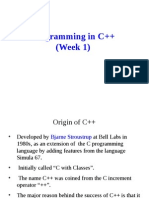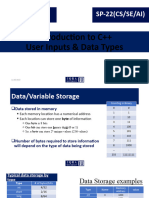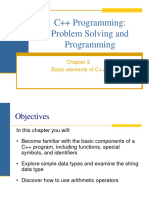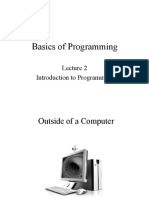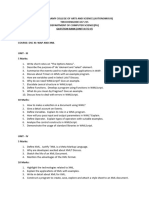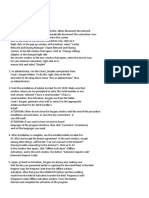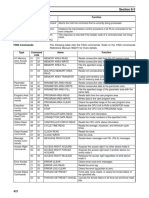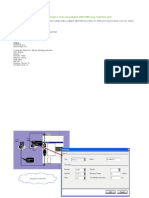0% found this document useful (0 votes)
7 views145 pagesUnit 1 Oodp Basic CPP
This document covers the basics of C++ programming, including differences between C and C++, data types, constants, variables, conditional statements, loops, arrays, pointers, and type casting. It provides examples of C++ programs for various tasks such as checking height for a roller coaster ride, swapping numbers, and calculating sums. Additionally, it discusses formatted input/output operations and the use of manipulators.
Uploaded by
Jothi BCopyright
© © All Rights Reserved
We take content rights seriously. If you suspect this is your content, claim it here.
Available Formats
Download as PPT, PDF, TXT or read online on Scribd
0% found this document useful (0 votes)
7 views145 pagesUnit 1 Oodp Basic CPP
This document covers the basics of C++ programming, including differences between C and C++, data types, constants, variables, conditional statements, loops, arrays, pointers, and type casting. It provides examples of C++ programs for various tasks such as checking height for a roller coaster ride, swapping numbers, and calculating sums. Additionally, it discusses formatted input/output operations and the use of manipulators.
Uploaded by
Jothi BCopyright
© © All Rights Reserved
We take content rights seriously. If you suspect this is your content, claim it here.
Available Formats
Download as PPT, PDF, TXT or read online on Scribd
/ 145

























